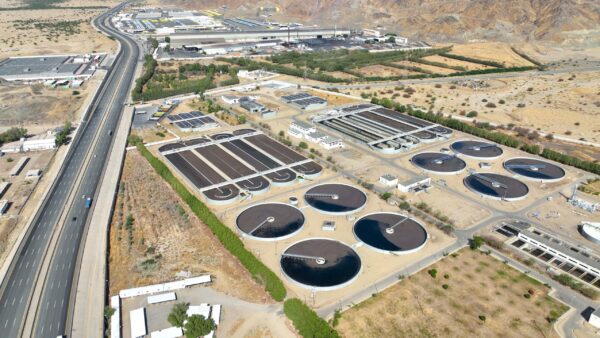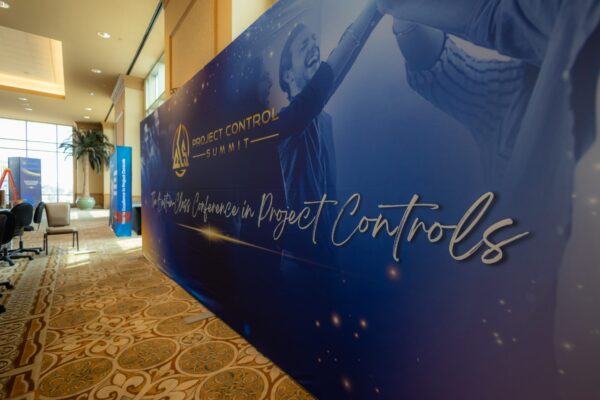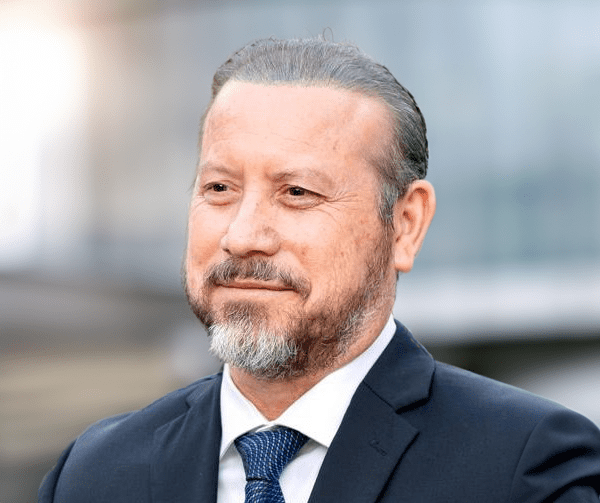

On February 28, 2001, the Nisqually earthquake rocked the Pacific Northwest. Centered near Olympia in the southern Puget Sound, one of the many structures damaged was Seattle’s Alaskan Way Viaduct: a major north–south traffic artery through the City, originally built in the 1950s, which carried up to 90,000 vehicles per day before it was closed permanently. Although the damage sustained by the Viaduct was minor, subsequent inspections revealed the highway could be susceptible to further damage including a total collapse in the event of another quake—similar to the fatal collapse of the Cypress Street Viaduct in Oakland, California, during the 1989 Loma Prieta earthquake. These findings, in part, set in motion what would eventually become the massive $3.3 billion Alaskan Way Viaduct Replacement Program.
Today, the tunnel is about to open, and the overall Program has two more years of construction activities. The Hill International team, currently led by Project Manager Tom Woodworth, has provided the Washington State Department of Transportation (WSDOT) with project management and staffing services for the Program’s document control centers since 2006. These centers support the many interconnected projects the Program entails.
Hill’s work has been integral to helping the Program achieve its goals and navigate challenges as efficiently and quickly as possible. Says Woodworth, “The Program has a two-mile tunnel, another mile of new highway, an overpass, and a new surface street right along the waterfront. Plus there is all the demolition work, all of which will open up the waterfront for more park space and other development. It’s huge, so document control and document management of every record from every sub-project are all important to the Program process, from pre-design through close-out.”
As Woodworth notes, there are several elements to the Program. These include: a two-mile-long tunnel beneath downtown Seattle; a mile-long stretch of new highway connecting to the south entrance of the tunnel, near Seattle’s sports stadiums; a new overpass at the south end of downtown to allow traffic to bypass train blockages near Seattle’s busiest port terminal; demolition of the Viaduct’s downtown waterfront section; and a new Alaskan Way surface street along the waterfront.
The scope of work involves bored tunnel, roadway, and major structural and underground components—all executed in a busy urban setting with multiple stakeholders. The Program has used design-build and design-bid-build delivery methods.
The parameters of the Program were developed through a long and detailed consideration of numerous alternatives and designs that spanned several years. Options considered included a new and rebuilt elevated structure, an at-grade street with more transit service, and a cut-and-cover tunnel. However, ultimately the State and partner agencies agreed a deep-bore tunnel was the best choice, and construction began in 2011, with excavation commencing in 2013.
The now-famous “Bertha” Tunnel Boring Machine (TBM) dug a passage that now houses two highway decks, each with two lanes and with a vertical clearance of 15-plus feet. Bertha completed her dig in 2017, and the new SR 99 tunnel is scheduled to open in early February 2019.
Led since 2009 by Woodworth, Hill’s team has provided critical information governance (IG), document control, and discovery/litigation services to support the Program. Hill has played a large role in creating and implementing document control policies and procedures, including advisory and support services related to IG policy and procedure development and implementation. In addition, Hill implemented OpenText Content Server 16 and Primavera Contract Manager to manage the WSDOT projects, training all new employees on documentation procedures and software applications, and communicating weekly reports to the Program Manager. The reports encompass trends, areas for improvement, and all backlog activity.
“We’ve been responsible for implementing WSDOT’s enterprise content management systems and their Contract Management database,” says Woodworth. “During the implementation, we’ve passed on status updates every week to the Program Manager and reported all trends in efficiencies and areas needing streamlining, as well as reporting all backlog activity. I’d like to think that this all helped things run smoothly and kept everyone informed.”
Greg Heinz, Vice President in Hill’s Seattle office, explained that, on an undertaking of this size, every aspect was magnified. “This is a Program with multi-generational impact,” says Heinz. “The Viaduct isn’t just a major city artery, it’s the major connection. It passes Pioneer Square and Colman Dock. You can see the Olympic Mountains and the skyline as you drive along. Then you’ve got Pike Place and the Aquarium and Waterfront Park, plus the T-Mobile Park [formerly Safeco Field] and CenturyLink stadium. Rebuilding this road was in a sense rebuilding part of downtown Seattle itself.
“Combine that with the new access to the waterfront, and it’s a Program that will benefit the City for generations with new parks, developments, and all the rest. Yes, we certainly were part of this for the long haul; and we excelled in our role, too.” The following individuals have worked on the project with Hill International: Tom Woodworth, Diane Adams, Rachel Altona, Ken Berry, Evelyn Cabrera, Deanna Curry, Benay Doolittle, Mike Duggan, Jennica Edwards, Brian Gailey, Mamie Kamada, Teri Lewellen, Tammy McMenamin, Kathern Meaders, Susan Noland, Teresa Roberts, Tammy Stover, and Roxane Werven.
Share

June 23, 2025 | Articles
Jeffrey Hurley Joins Hill’s Northern California Rail Practice

June 23, 2025 | Articles
Ready, Set, Grow: First VP Chad Koelling Takes Charge of Hill’s Mountain West Region

June 8, 2025 | Articles
PMO in Saudi Arabia: The Holistic Approach to Realizing a National Mega-Portfolio

June 1, 2025 | Articles

May 26, 2025 | Articles

May 12, 2025 | Articles
Keeping Your Water/Wastewater Programs Flowing with Public Relations

April 27, 2025 | Articles
Oiling the Machine: Steps to Successful Permitting on Infrastructure Megaprojects

April 20, 2025 | Articles
Sustainable Scaling: Solutions for Managing Risk on Europe’s Data Center Projects